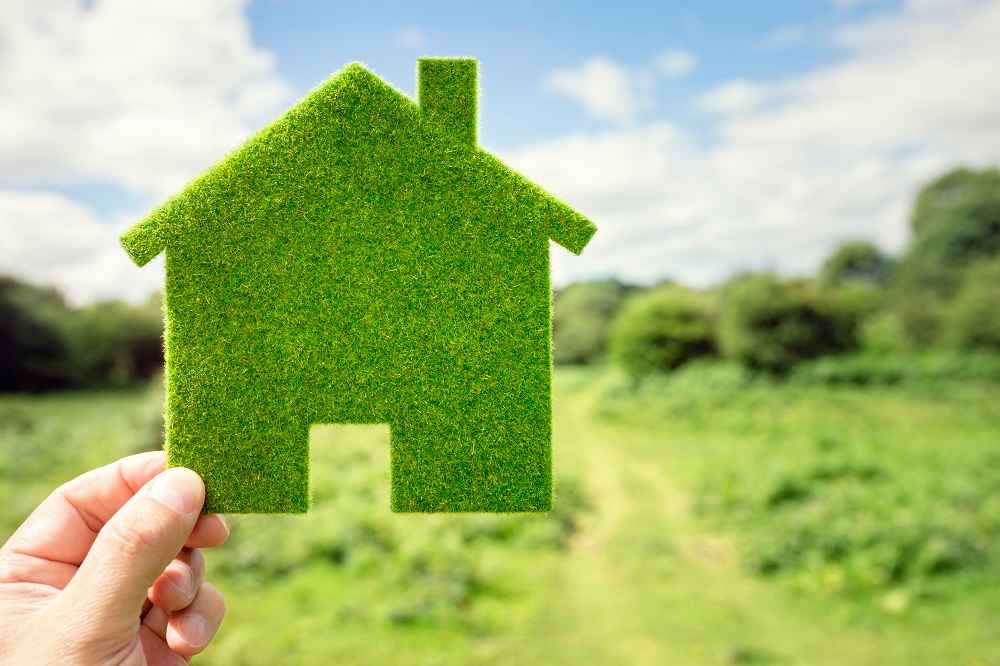Environmental Design
What is Environmental Design?
Environmental design is an approach to architecture and urban planning that focuses on creating sustainable, healthy, and harmonious environments for people to live, work, and play. It involves considering the interaction between the built environment and the natural world, as well as the social and cultural context of a place. Environmental design seeks to minimize the negative impact of human activities on the environment while maximizing the well-being and quality of life of individuals and communities.
At its core, environmental design aims to integrate ecological principles, resource efficiency, and human-centric design strategies into the planning and development of buildings, landscapes, and urban spaces. It encompasses a wide range of considerations, including site selection, energy efficiency, water conservation, waste management, green infrastructure, and biophilic design.
Why learn Environmental Design nowadays?
Learning about environmental design is essential for architects, urban planners, landscape architects, and other design professionals who are committed to creating sustainable and resilient built environments. In today’s rapidly urbanizing world, where environmental challenges such as climate change, pollution, and habitat loss are becoming increasingly urgent, environmental design plays a crucial role in shaping the future of our cities and communities. Here are several reasons why learning about environmental design is important:
Firstly, environmental design promotes sustainability by minimizing the environmental impact of buildings and infrastructure. By incorporating passive design strategies, renewable energy systems, and green technologies, environmental designers can reduce energy consumption, water usage, and waste generation, leading to lower carbon emissions and a smaller ecological footprint.
Secondly, environmental design enhances human health and well-being by creating spaces that are conducive to physical, mental, and emotional well-being. Features such as natural daylighting, indoor air quality, access to green space, and ergonomic design elements can improve occupant comfort, productivity, and satisfaction, contributing to overall quality of life.
Work in Environmental Design
Working in environmental design offers a wide range of career opportunities for individuals passionate about creating sustainable, healthy, and resilient built environments. Here are some key areas where professionals can find rewarding work in environmental design:
· Sustainable Architecture: Sustainable architects design buildings that minimize environmental impact while maximizing energy efficiency, resource conservation, and occupant comfort. They integrate passive design strategies, renewable energy systems, and green technologies into their projects to achieve high levels of sustainability and resilience.
· Urban Planning and Design: Urban planners and designers work on creating sustainable, inclusive, and resilient cities and communities. They develop land use plans, zoning regulations, and urban design guidelines that promote walkability, transit-oriented development, green infrastructure, and equitable access to amenities and services.
· Landscape Architecture: Landscape architects design outdoor spaces that balance ecological function, aesthetic beauty, and human use. They integrate sustainable landscaping techniques, native plantings, and green infrastructure into their designs to enhance biodiversity, mitigate climate change, and improve overall environmental quality.
· Environmental Consulting: Environmental consultants provide expertise and guidance on sustainability, green building certification, environmental regulations, and environmental impact assessments. They help clients navigate complex regulatory requirements, implement sustainable practices, and achieve environmental certification for their projects.
· Sustainability Consulting: Sustainability consultants advise organizations on integrating sustainability principles into their operations, strategies, and decision-making processes. They conduct sustainability assessments, develop sustainability plans, and provide training and support to help clients achieve their sustainability goals.
· Research and Advocacy: Researchers and advocates in environmental design focus on advancing knowledge, policy, and practice in sustainable design and planning. They conduct research, publish findings, and advocate for policies and initiatives that promote sustainability, resilience, and social equity in the built environment.
· Green Building Certification: Professionals in green building certification assess and certify buildings for their environmental performance and sustainability credentials. They evaluate projects based on criteria such as energy efficiency, water conservation, indoor air quality, and materials selection, helping clients achieve certification under programs such as LEED, BREEAM, and WELL.
· Education and Outreach: Educators and outreach specialists in environmental design develop curriculum, teach courses, and conduct workshops on sustainable design principles and practices. They engage students, professionals, and the public in learning about environmental design and inspire them to take action to create a more sustainable future.
Why is Environmental Design Crucial for Innovation?
Environmental design is crucial for innovation in the architecture, engineering, and construction (AEC) industry as it challenges conventional practices and inspires new approaches to sustainable design and planning. Here are several reasons why environmental design is essential for fostering innovation:
- Systems Thinking: Environmental design encourages a holistic, systems-oriented approach to design and planning, where designers consider the interrelationships between environmental, social, and economic factors. By adopting a broader perspective and understanding the interconnectedness of various systems, designers can identify innovative solutions that address multiple challenges simultaneously.
- Regenerative Design: Environmental design goes beyond sustainability to embrace regenerative principles, where buildings and landscapes are designed to restore and enhance ecosystems, rather than merely minimizing harm. By designing with nature, rather than against it, designers can create solutions that actively contribute to ecological health and resilience.
- Biophilic Design: Biophilic design integrates elements of nature into the built environment to enhance human well-being and connection to the natural world. By incorporating features such as natural light, views of nature, and indoor greenery, designers can create spaces that promote creativity, productivity, and overall quality of life.
- Circular Economy: Environmental design promotes the principles of the circular economy, where resources are used more efficiently, waste is minimized, and materials are kept in circulation for as long as possible. By designing buildings and products with a focus on durability, reuse, and recycling, designers can reduce the environmental impact of the built environment and create more resilient, resource-efficient systems.
- Community Engagement: Environmental design emphasizes community engagement and participatory design processes, where stakeholders are actively involved in shaping the future of their neighborhoods and cities. By listening to the needs and aspirations of communities, designers can develop innovative solutions that reflect local context, culture, and values.


